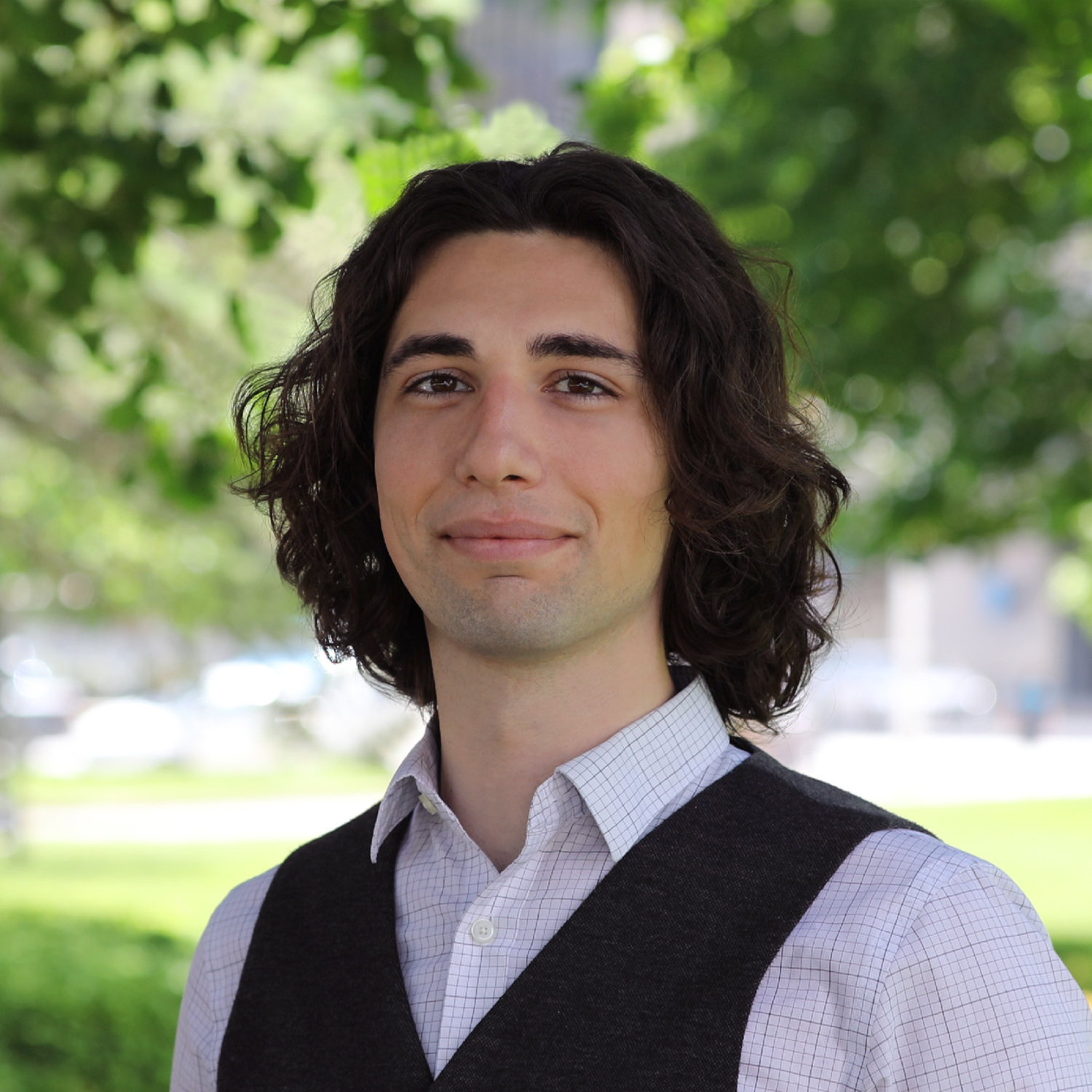The School Choice Awareness Gap: Why Most Families Are Missing Out
Despite the recent waves of school choice legislation and the national media attention, public debate, and political maneuvering they provoked, most Americans still have no idea what the education landscape looks like in their own backyards.
In fact, data from a recent survey from EdChoice and Braun Research found that parents can identify whether their state has a school choice program little better than they would by randomly guessing. This lack of awareness exists for old and common forms of school choice as well as newer, less common choice policies.
In terms of public school choice, almost all states (46) have some form of open enrollment policy, which allows a family to choose a traditional public school other than the one to which they are geographically assigned. Despite the pervasiveness of open enrollment, only half (50%) of parents from states with open enrollment said their state had it. Only Alabama, Illinois, Maryland, and North Carolina do not allow open enrollment at the state level, but only 12% of responding parents from those outlier states knew that. Just under half of them (44%) thought their state did have open enrollment.
Charter schools are similarly prevalent, with only Kentucky (due to the lack of a legal funding mechanism), Montana, Nebraska, North Dakota, South Dakota, and Vermont not permitting charter schools. Among the parents from charter school states, about two-thirds of parents (66%) correctly stated their state allowed charter schools.

Confusion increases when it comes to private educational choice. Education savings accounts (ESAs) are the school choice policy of the moment. In 2023, among the 111 school choice bills considered by 40 state legislatures, 79% related to ESAs. Eleven states are operating ESAs in 2024-25. Parents from ESA states were no more likely to say that they had an ESA option; in fact, they were slightly less likely to say they had an ESA option (25%) than parents from states without ESAs (27%). Roughly half of all parents said they were unsure whether their state has such a program (49%) or not (51%).
Vouchers have been around more than two decades longer than ESAs (Milwaukee passed the nation’s first voucher in 1989 while Arizona created the first ESA in 2011), but awareness of vouchers is little better than it is for ESAs. About a third of parents said their state had private school voucher programs regardless of whether it actually did.
School choice is far from the only public policy that faces a marketing problem. Scholars who evaluate social programs, such as the earned income tax credit and SNAP benefits, find that the target audiences of these programs often leave “free money” on the table.
Participation can be low for several reasons, including high transaction costs and social stigma. But arguably, the most foundational barrier to take-up in social programs is a lack of awareness. Imperfect information is a particular problem for low-income households, which was the targeted group of early voucher programs.
It’s a shame because there are indications that more families would take advantage of a school choice program if they knew they existed. In a 2021 survey of K–12 parents in Ohio, EdChoice found that more than a third (36%) of parents who never enrolled a child in one of Ohio’s private school choice programs said they did not participate because they did not know the programs existed. For comparison, 42% said they did not join because they were happy with their child’s current school, and 27% indicated they did not qualify for the programs. For North Carolina families not already using private schools, that number was just under half in 2020 (46% for district school families).
Not all these survey takers who just learned about a program will participate. Situationally, a parent may struggle to understand how to enroll in a program, they may not want to deal with uncertainty as ESA digital marketplaces take shape, or they may decide switching a child’s school will be more disruptive than beneficial. These are valid concerns.
Still, one out of five parents say they have made a non-structural switch in a child’s schooling, meaning they changed schools outside of a typical shift from elementary school to middle school or middle school to high school. That suggests many parents consider alternatives to whatever schooling their children are receiving. Given that four times as many parents would ideally prefer private school for their children, and three times as many would like to homeschool compared to those who currently do, it’s clear that many families would like to know about these programs that could make these desires more accessible.
Families typically learn about choice programs through word-of-mouth. EdChoice parent surveys consistently find that families who use choice programs most frequently learned about them through relatives or friends, the Internet, the private school directly, or from their public district school. Some areas have the benefit of navigators or nonprofits dedicated to helping families understand the ESA process.
School choice is not that unique from other public programs. Most people have little understanding what the legal framework around education is, and merely passing legislation does not mean families will participate. To effectively change lives, states have to pass the marketing hurdles that come with public administration.




